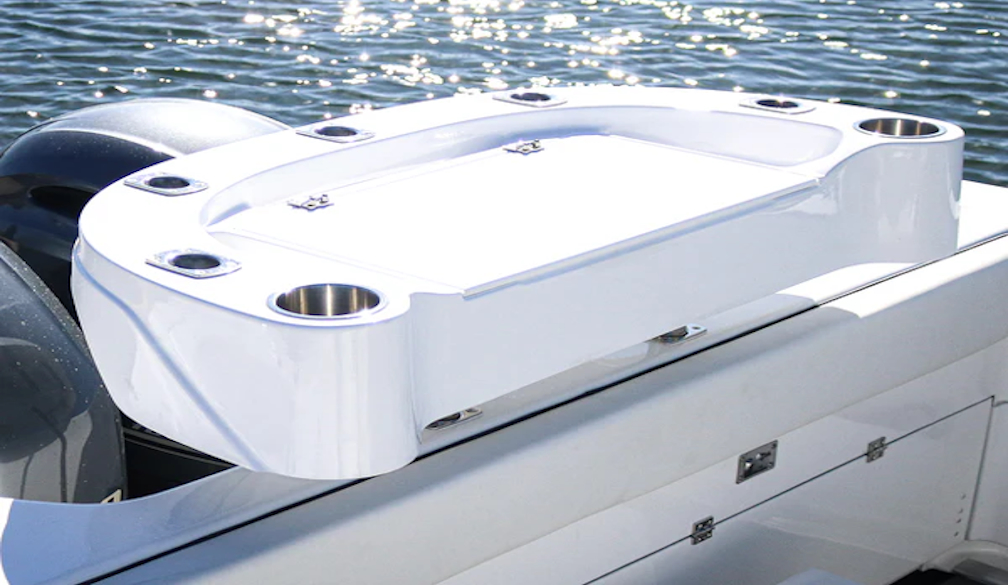SMSF Setup Made Easy: Essential Tips and Tricks

Setting up a Self-Managed Superannuation Fund (SMSF) can seem like a daunting task, but with the right guidance and knowledge, it can be a straightforward process. An SMSF offers greater control over your retirement savings and the flexibility to tailor your investment strategy to your individual needs. If you're considering SMSF setup, here are some essential tips and tricks to make the process easier.
1. Understand the Basics
Before diving into SMSF setup, it's crucial to understand the basics of how SMSFs work. An SMSF is a private superannuation fund that you manage yourself, regulated by the Australian Taxation Office (ATO). SMSFs can have up to four members, and each member must be a trustee or director of the corporate trustee.
2. Seek Professional Advice
Setting up an SMSF involves complex legal and financial considerations, so it's essential to seek professional advice from a qualified financial advisor, accountant, or SMSF specialist. They can help you understand your obligations as an SMSF trustee and ensure that your fund is set up correctly.
3. Develop an Investment Strategy
One of the key benefits of an SMSF is the ability to tailor your investment strategy to your individual needs and risk tolerance. Before setting up your SMSF, develop a comprehensive investment strategy that outlines your financial goals, risk profile, and asset allocation.
4. Consider the Costs
SMSFs can be cost-effective for those with larger superannuation balances, but it's essential to consider the costs involved. These can include establishment costs, ongoing administrative fees, investment fees, and audit fees. Make sure you understand all the costs associated with SMSF setup and management before proceeding.
5. Choose the Right Structure
When setting up your SMSF, you'll need to decide whether to have individual trustees or a corporate trustee structure. Each structure has its advantages and disadvantages, so it's important to choose the one that best suits your needs and circumstances.
6. Understand Your Responsibilities
As an SMSF trustee, you'll have a range of responsibilities, including managing the fund's investments, ensuring compliance with superannuation laws, and keeping accurate records. Make sure you understand your responsibilities and are prepared to fulfill them before setting up your SMSF.
7. Establish a Trust Deed
The trust deed is a legal document that sets out the rules and operations of your SMSF. It's essential to have a well-drafted trust deed that complies with superannuation laws and reflects your intentions for the fund.
8. Register with the ATO
Once you've established your SMSF, you'll need to register it with the ATO. This includes obtaining a Tax File Number (TFN) and an Australian Business Number (ABN) for the fund. You'll also need to set up an electronic service address (ESA) for communication with the ATO.
9. Consider Insurance Needs
SMSF members are generally not required to hold insurance through their SMSF, but it's essential to consider your insurance needs carefully. This may include life insurance, total and permanent disability (TPD) insurance, and income protection insurance.
10. Stay Informed
The rules and regulations governing SMSFs can change, so it's important to stay informed about any changes that may affect your SMSF. Subscribe to SMSF newsletters, attend seminars, and seek advice from professionals to stay up-to-date with the latest developments.
Conclusion
While setting up an SMSF requires careful planning and consideration, it can be a rewarding way to take control of your retirement savings. By following these essential tips and tricks, you can simplify the SMSF setup process and set yourself up for success as an SMSF trustee. Remember to seek professional advice and stay informed about your obligations as an SMSF trustee to ensure that your fund remains compliant with superannuation laws.












